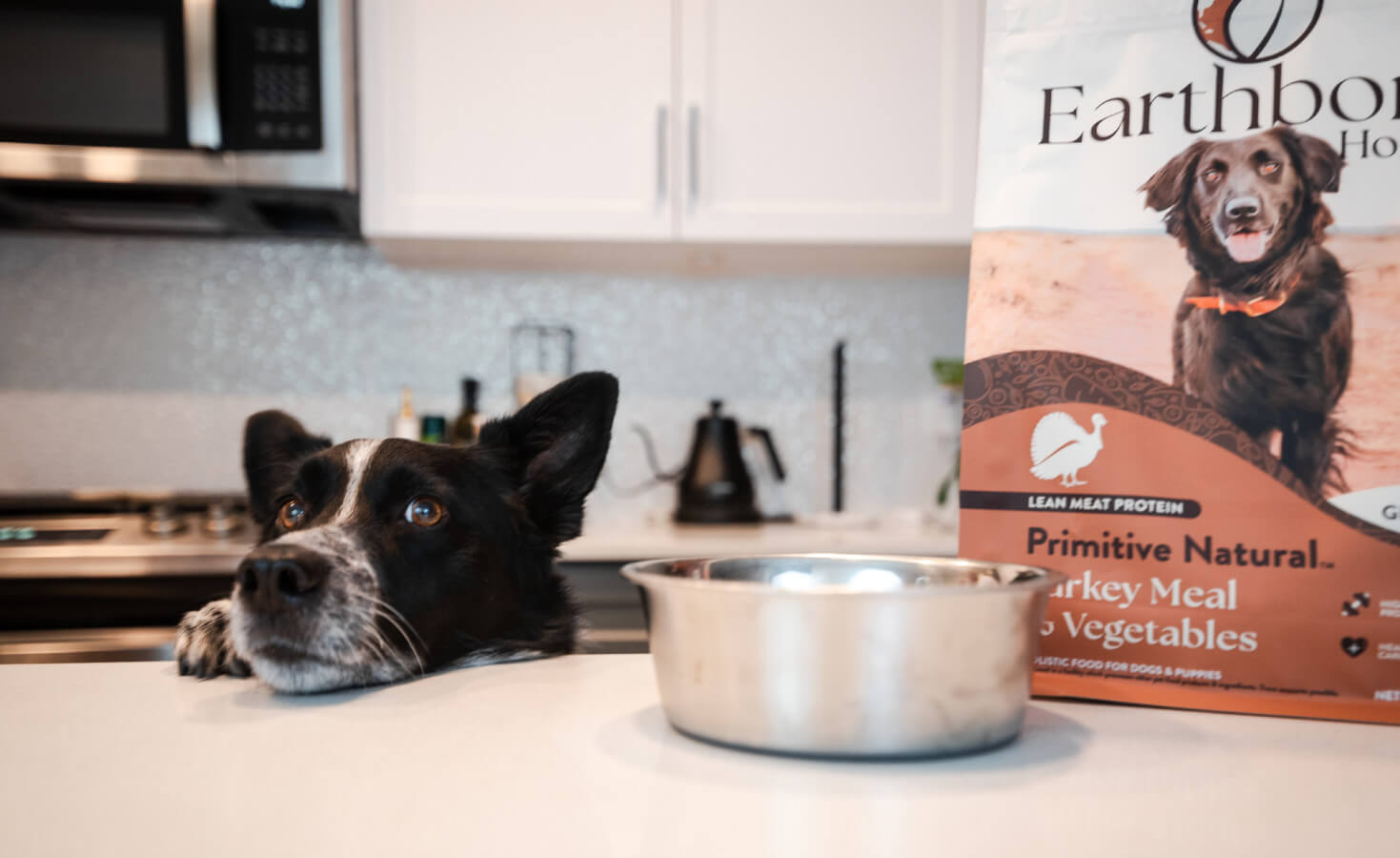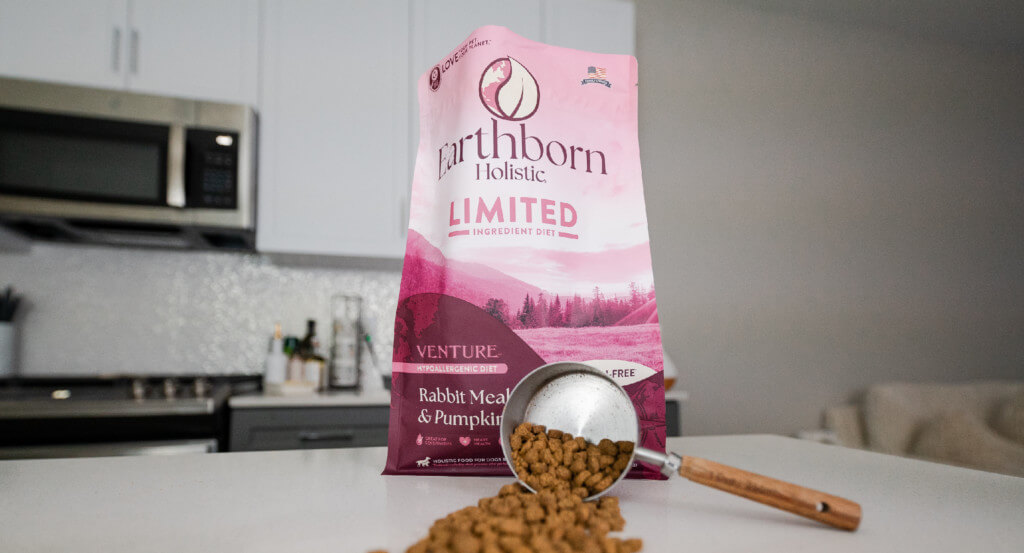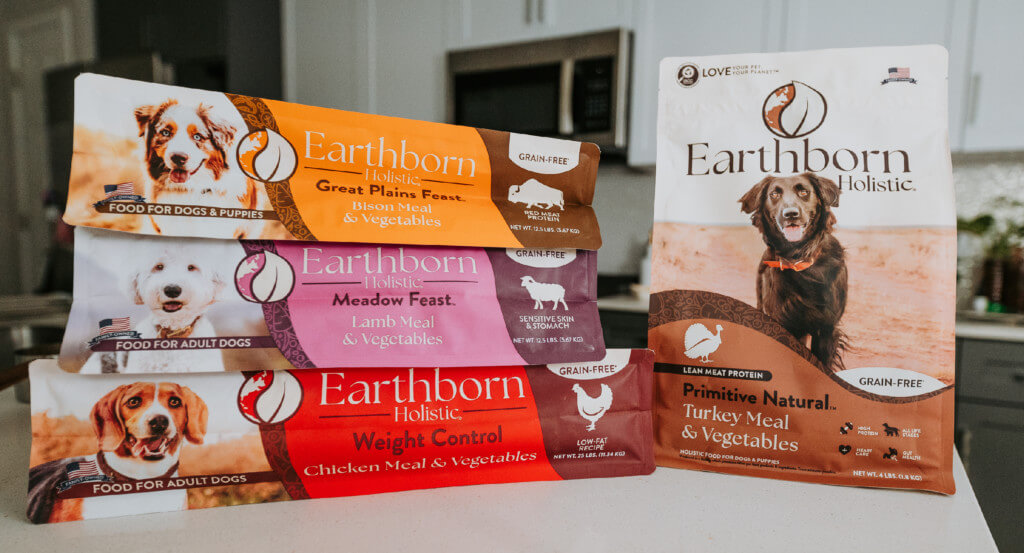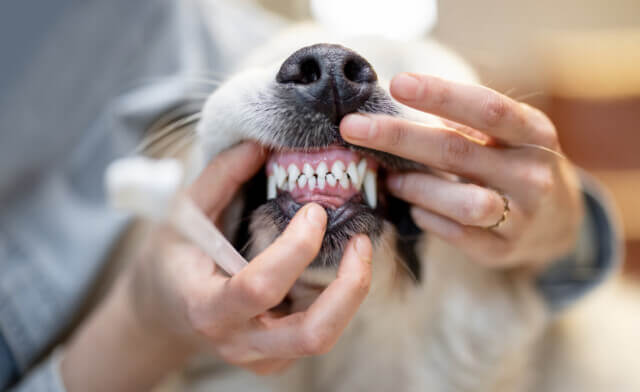I’m a First Time Dog Owner–How Often Should I Feed My Dog?
If you’re a first-time dog owner, you might be asking “how often should I feed my dog?” It’s a common question that deserves a thorough answer, and we’re here to help.
Keep reading to learn about the important factors to consider when determining how often to feed your new furry friend. We’ll also share some helpful tips on how to make mealtimes a positive experience for both you and your pup.

Are They a Small Breed?
First, it’s important to know that the size of your dog will play a role in how often they need to be fed. Smaller breeds generally need to eat more frequently than larger breeds because they have higher metabolisms.
This means that a small dog feeding schedule will typically look different than a large dog feeding schedule. So, how many times should small dogs eat a day? Generally, it’s best to feed small dogs 2-3 times per day, but this will depend on your pet’s individual needs.
If you’re unsure about how often to feed your small dog, it’s always a good idea to talk to your veterinarian for guidance. They can help you create a personalized feeding schedule based on your pup’s age, size, activity levels, and overall health.
You can also use a dog food calculator by breed to get a more specific idea of how much and how often to feed your pup. These handy tools help you calculate how much to feed a small breed puppy or adult dog.
Small dogs typically need more calories per pound than larger dogs, so it’s important to make sure you’re giving them both the right amount and the right type of food. Choosing dog food by breed is a great way to ensure your pup is getting the nutrients they need to thrive.
A good small breed dog food should be specifically formulated for the unique needs of small dogs. It should also contain high-quality whole ingredients, essential nutrients, and no fillers or artificial additives.
The best food for small breed puppies will differ from the best food for small breed adults. This is because puppies have different nutritional needs than adult dogs. So, when shopping for high-quality dog food, make sure to choose one that’s appropriate for your pup’s stage of life.
Are They a Large Breed?
If you have a large breed of dog, you might be wondering how much and how often to feed them. Large breed dogs have different nutritional needs than small breeds, so it’s important to choose a food that’s specifically formulated for their size and life stage.
When it comes to calories, large breed dogs need fewer calories per pound than small breeds. This is because they have slower metabolisms and require less food to maintain their body weight. Large breed dog food will generally be lower in calories than small breed dog food to meet the needs of big pups.
You can ask your vet for dog food recommendations by breed, or read online reviews to find a good dog food for large breed dogs. As with small breeds, the number of times you feed your large breed dog will depend on their individual needs. Most large breed dogs will do well on two meals per day, but some may need three.
When deciding how much food to feed a large breed puppy, make sure to use a dog food calculator or follow the feeding recommendations on the food packaging. Although puppies need more calories per pound than adult dogs, it’s vital not to overfeed them to avoid obesity and other health issues.
Are They Picky?
If your dog is a picky eater, it can be challenging to get them to eat the food they need. The good news is that there are a few things you can do to encourage your picky pup to enjoy their meals.
Adding a little wet food or broth to their kibble can make it more enticing. A wet food feeding guide for dogs can help you choose the right type and amount of wet food to add to their diet.
You can also mix in chopped fruits or vegetables, like carrots or apples. Just make sure any foods you add are safe for dogs and offer nutritional value. A dog nutrition guide can help you choose the best foods to add to your furry friend’s diet.
You can also try changing your dog’s feeding schedule. If you usually feed them twice a day, try splitting their food into several smaller meals throughout the day. Some dogs do better when they have frequent, small meals rather than two large ones.
If you’re still having trouble getting your dog to eat, talk to your veterinarian. They can offer additional advice and help you troubleshoot any underlying health issues that may be causing your pup’s lack of appetite.

Are They Allergic to Anything?
If your dog has food allergies or sensitivities, you’ll need to take care when choosing their food. Dogs can be allergic to a variety of ingredients, including wheat, corn, soy, chicken, beef, eggs, and more.
Some foods are unsuitable for all dogs, as they can cause serious health problems. Foods your dog should not eat include chocolate, grapes, raisins, onions, and garlic. Another food to avoid is xylitol, an artificial sweetener found in gum, candy, baked goods, and some peanut butter brands.
When to feed your dog is no different if they have allergies. However, you’ll need to make sure their food is safe and free of any ingredients they’re allergic to. Talk to your veterinarian about the best food options for your allergic pup, and read food labels carefully to avoid any accidental exposure to allergens.
Are They Losing Weight?
If your dog is losing weight, it’s essential for them to take in more calories so they can maintain a healthy body weight. So, when should you feed a dog if they’re trying to gain weight?
The best way to help your dog gain weight is by adjusting dog feeding schedules. This means increasing the number of meals your dog has each day, or adding snacks in between their regular meals. You can also increase the amount of food you’re giving them at each meal. Just make sure not to overdo it, as this can lead to obesity.
It’s also worth considering special foods for dogs to gain weight. These are formulated to help your pup get the extra calories they need to gain weight safely. Just be sure to talk to your vet before switching your dog to a weight-gain food. They can help you choose the right food and make sure there aren’t any underlying health issues that need to be addressed.
Are They Gaining Weight?
When should you feed a dog if they’re gaining weight? In this situation, you’ll need to cut back on the number of calories they’re taking in each day.
This can be done by cutting back on the amount of food you’re giving them at each meal, reducing the number of meals they have each day, or switching to a lower-calorie food like Earthborn Holistic’s Weight Control recipe. You can also add more exercise to their daily routine to help them burn off some extra calories.
If you’re unsure about how to reduce dog weight, talk to your veterinarian. They can help you create a weight-loss plan that’s safe and effective for your pup. This may include a change in diet, an exercise plan, and regular appointments to check your dog’s progress.
Are They Active?
Your dog’s activity levels can affect how often they need to eat. If they’re very active, they may need more frequent meals to keep their energy levels up. On the other hand, less active dogs may do better with two larger meals each day.
Feeding recommendations for dogs can also vary depending on the individual dog’s needs. It’s a good idea to talk to your veterinarian about how often you should be feeding your pup and to make adjustments as needed based on their activity levels and overall health.
You should also remember to avoid feeding your dog immediately before or after strenuous exercise, as this can put them at risk for stomach issues like bloat.
So, how long after a dog eats should you walk them? As a general rule, it’s best to wait at least two hours after a meal before walking your dog. This gives their food time to digest and helps them avoid any discomfort. A dog walk schedule can help you plan out your pup’s walks and meals throughout the day.

Are They Difficult to Train?
If you’re having trouble training your dog, sticking to a dog food schedule can help. A regular feeding schedule can help them learn when it’s time to eat, making it easier for you to potty train them and teach them basic commands.
It’s also vital to create a feeding routine that’s consistent from day to day. This means feeding them at the same time each day and keeping mealtimes as predictable as possible. A set feeding schedule can help your dog feel more secure and make it easier for them to learn new things.
Are They Eating Too Fast?
Another reason you might be wondering when to feed a dog is if they’re eating their food too fast. Some dogs gulp down their food quickly, which can lead to vomiting and other stomach issues. Your dog’s eating habits can also affect digestion and nutrient absorption.
But will a dog stop eating when full? If your dog is eating too fast, they might not realize they’re full and continue to eat until they make themselves sick. One way to help with this is to spread their food out into smaller meals throughout the day.
You can also try using a slow feeder bowl or puzzle toy to make them work for their food. This will help them eat more slowly and give them a chance to really taste and enjoy their meal.
Are They Eating Off the Table?
Feeding dogs table scraps is generally not a good idea, as it can lead to obesity and other health problems. Plus, if your dog eats too much between meals, it can disrupt their regular digestive process and cause stomach issues.
The best time of day to feed your dog will depend on your schedule, but it’s important to be consistent and stick to a regular routine. This will help your dog know when it’s time to eat and make it easier for them to digest their food.
Are They Leaving Their Bowl Full?
If your dog hasn’t eaten all day and their bowl is still full, it could be a sign that something is wrong. They may not be feeling well or could have an underlying health condition that’s affecting their appetite.
If your dog hasn’t eaten in 2 days it’s important to contact your veterinarian right away. They can help you figure out what’s causing the problem and make sure your dog is getting the nutrition they need.
It’s also possible that you’re overfeeding a puppy or dog if they’re leaving their bowl full. This can happen if you’re giving them too many treats or feeding them table scraps in addition to their regular meals. Follow the advice we’ve outlined above to make sure you’re feeding your dog the right amount of food.
Are They Having Many Treats?
Just like table scraps, feeding too many treats can lead to obesity and other health problems. It’s important to limit the number of treats you give your dog and make sure they’re getting a balanced diet.
You may be wondering, “how often should I give my dog treats?” The answer will depend on the type of treat, your dog’s overall health, and how often they eat meals. As a general rule, you should give them no more than 10% of their daily calories in treats.
Are They On a Schedule?
Throughout this article, we’ve talked about the importance of having a regular feeding schedule for puppies and dogs. This means feeding them at the same time each day and keeping mealtimes as predictable as possible.
Creating a daily dog schedule is the best way to make sure your dog is getting the right amount of food and exercise. It’s also important to include other activities like potty breaks, walks, and playtime.




